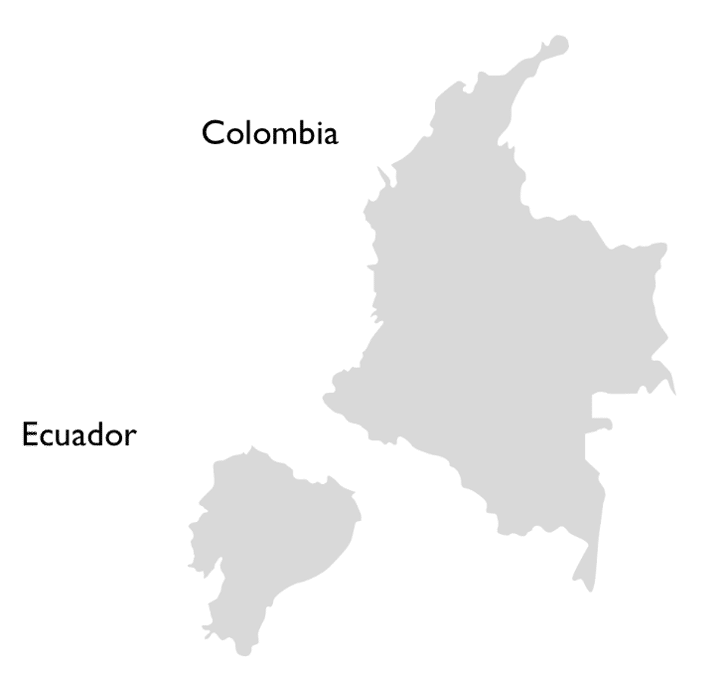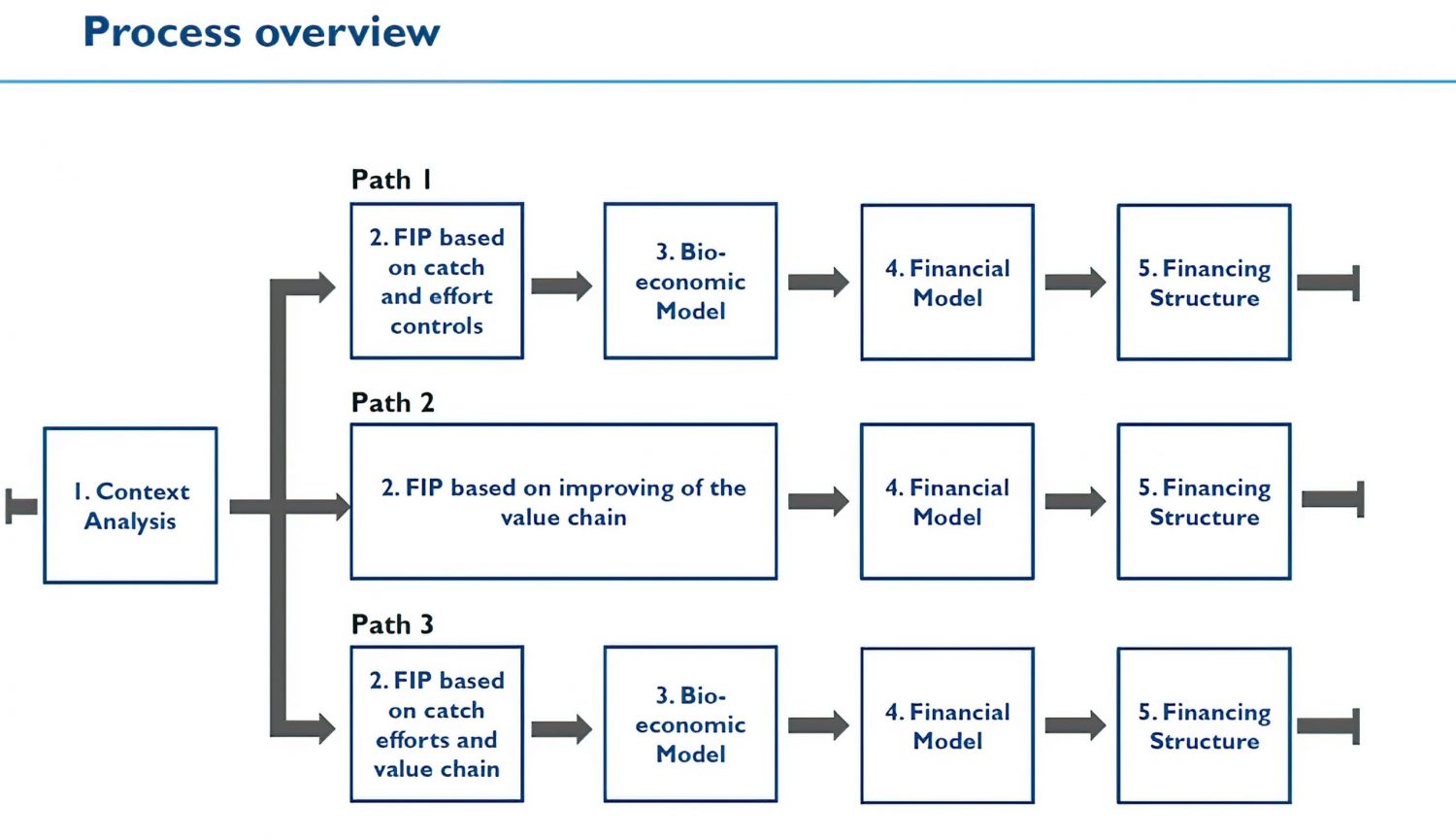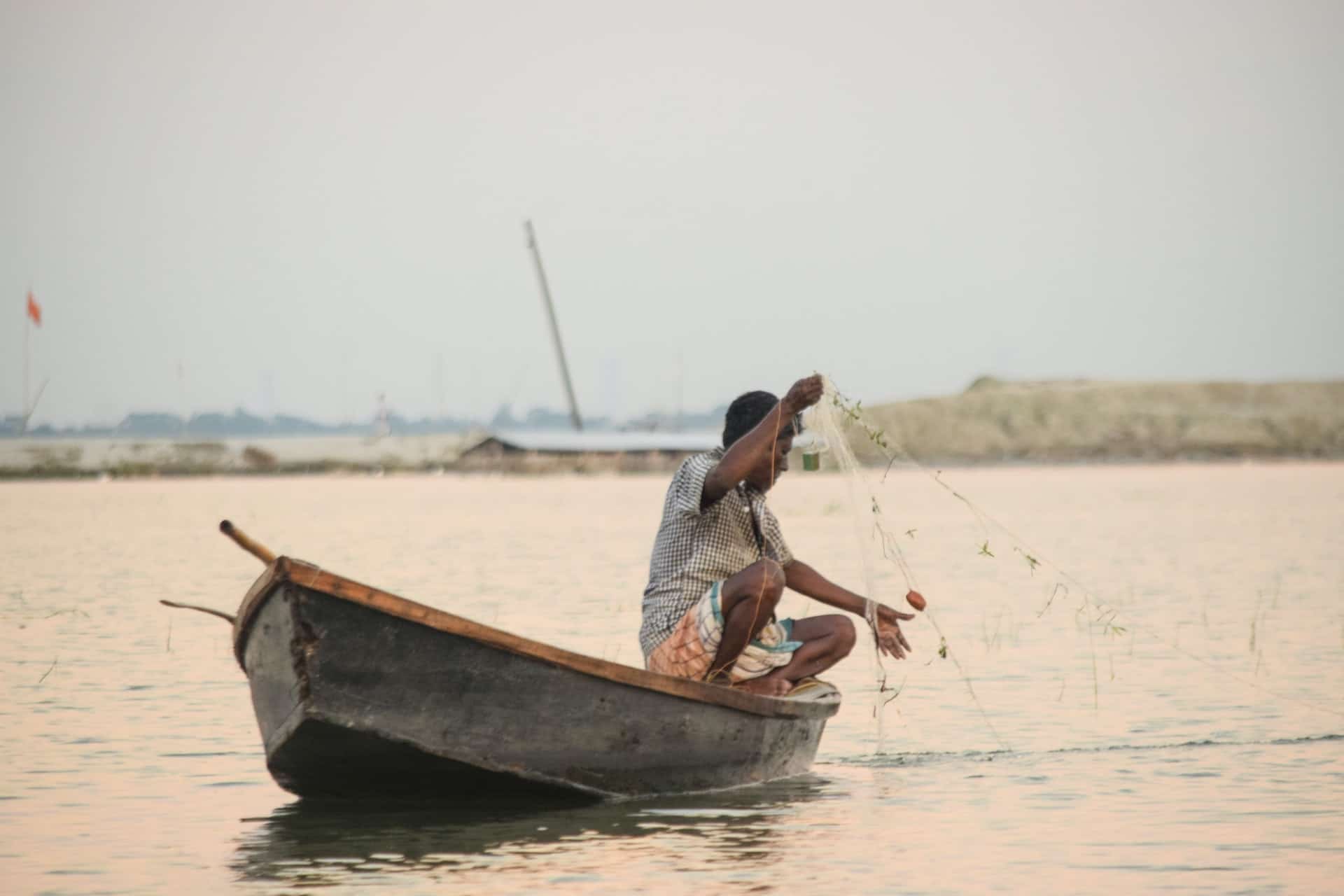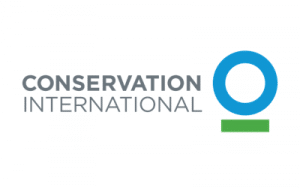
To sustainably replenish depleted artisanal fisheries and improve fishery management practices, Instiglio and Conservation International explored tools and strategies for financing fishery restoration and improvement projects. This included the development of a fishery assessment methodology, a business case methodology and a results-based financing pre-feasibility study.
Country
Ecuador and Colombia
Timeline
2014-2015
Type of Project
RBF Design and implementation
Sector
Conservation
Project Description
Overfishing and damaging fishing practices – such as dredging up the ocean floor with nets or cutting fins off of sharks – pose a dire threat to the seascape’s marine biodiversity and productivity. As a result, around 30% of the world’s fisheries are overexploited or depleted. Moreover, small-scale fisheries employ more than 90% of the world’s fishermen; including 1.3 million people employed as fishermen or fish farmers in the Eastern Tropical Pacific Seascape — which spans Costa Rica, Panama, Colombia and Ecuador.
The depletion of small-scale fisheries not only has an environmental impact–they cost jobs, incomes and food supplies. Furthermore, one of the greatest challenges to small-scale fisheries (SSF) recovery is generating the financing required to implement changes and transition governance and markets from overexploitation to sustainability.
Instiglio and Conservation International explored tools and strategies for financing fishery restoration and improvement projects. This included the development of a fishery assessment methodology, a business case methodology and a results-based financing pre-feasibility study.
Instiglio participated in the design of a fishery assessment methodology focusing on socio-economic, cultural, institutional, and political factors that influence the performance and sustainability of SSF in developing countries. We also designed a business case methodology that not only captures both the financial and non-financial benefits of a proposed project, but also minimizes perceived investment risk by assessing local context and identifying potential risks and mitigation strategies.
Conservation International used the business case methodology guidebook to design two promising fishery business cases within the results-based financing and impact investment landscapes. Conservation International successfully applied the fishery assessment in eight SSF located in the ETPS region. The application of this enhanced fishery diagnostic tool provided additional information about fisheries systems, including: (1) a description of the main external drivers and social-ecological factors that affect fisheries performance; (2) the type of tenure rights implemented at each fishery and their effectiveness on preventing or mitigating over-exploitative fishing practices; (3) the structure of the value chain, the role that fishers play in it and the benefits they get from it; and (4) the social capital of fishers’ organizations.

Private capital is a promising source of funds for fisheries recovery, however investing in FIPs is currently perceived as too risky and fishers’ entrepreneurs and practitioners lack knowledge on how to build business proposals that match investors’ risk-return profiles. This project is one of a few highly promising efforts to help practitioners create compelling business cases that attract non-traditional funding sources, such as private investment to finance fishery-rebuilding projects.

